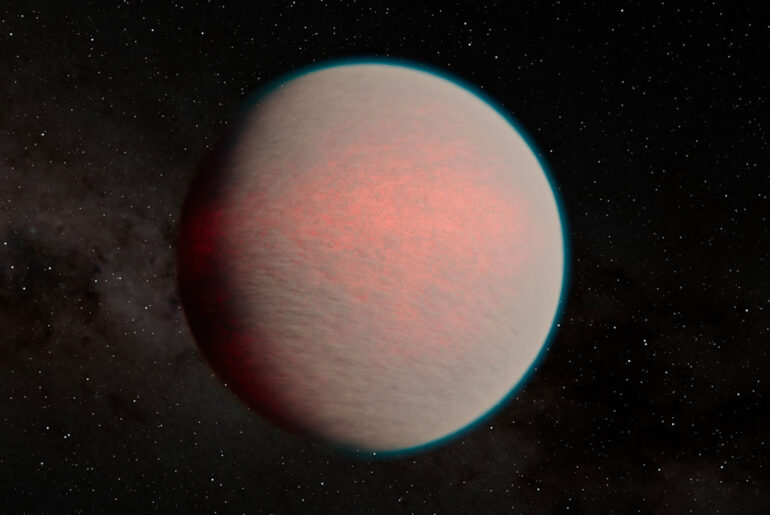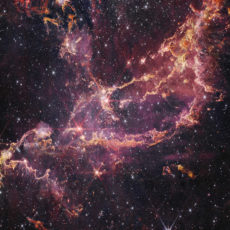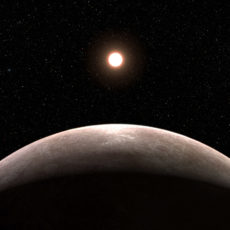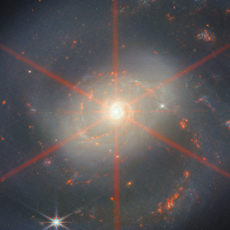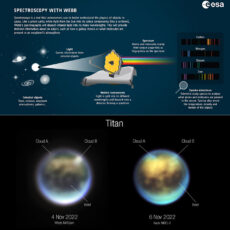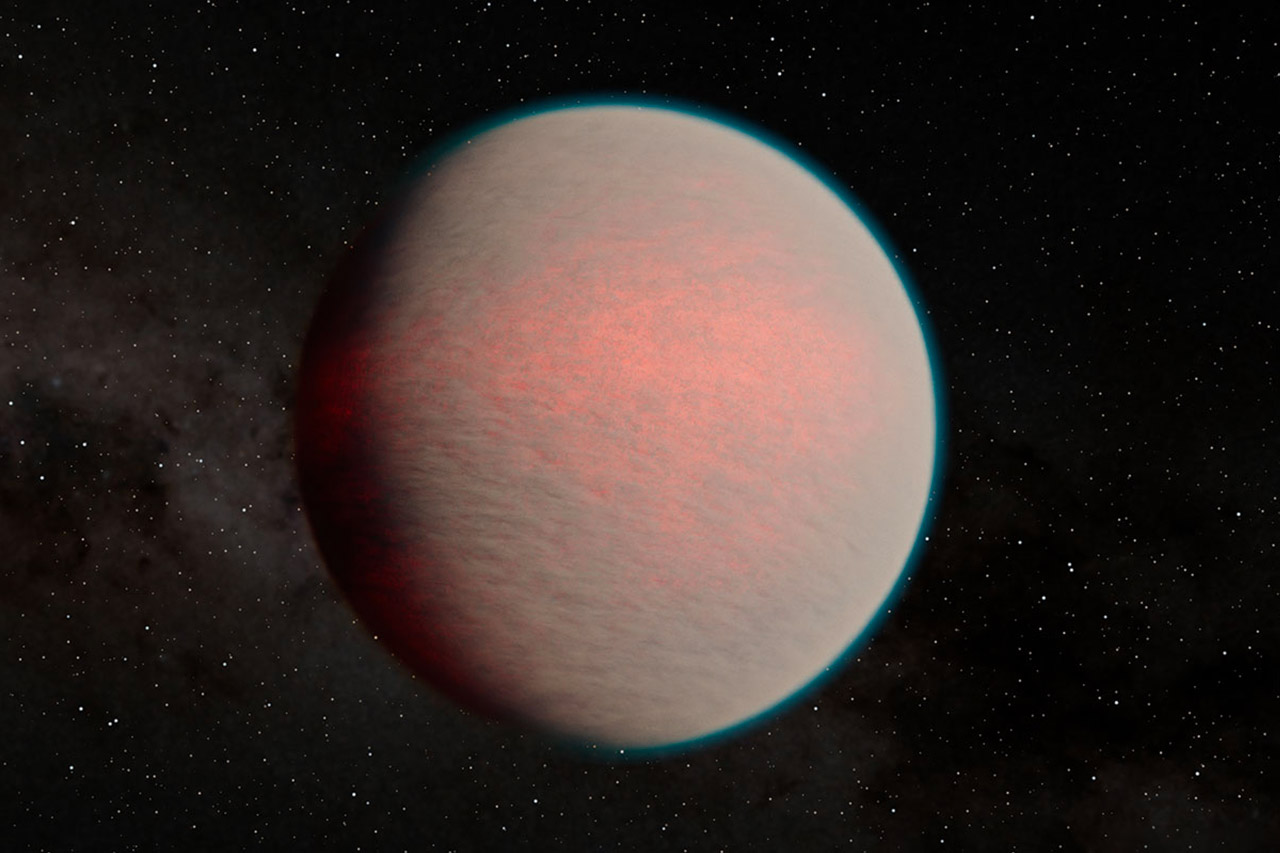
NASA’s James Webb Space Telescope observed a steamy atmosphere on mini-Neptune planet GJ 1214 b, which is too hot for liquid-water oceans. However, this vaporized water could still be a major component of its atmosphere.

Webb’s Mid-Infrared Instrument (MIRI) was used to penetrate its thick haze layer and then used to track GJ 1214 b through its entire orbit around the star. MIRI was then able to generate a heat map of the planet as it orbited the star, revealing details of the atmosphere’s composition. What they discovered was that the planet is much cooler than expected, due to its mysterious shiny atmosphere that reflects a large fraction of light from its parent star rather than absorbing it.
- LEGO NASA Space Set - This adult LEGO set features the Space Shuttle Discovery and the Hubble Space Telescope from NASA’s 1990 STS-31 mission,...
- Solar System Exploration - Unlock the mysteries of our solar system with this engaging 2,354-piece project, packed with authentic details and...
- Shuttle Features Galore - The space shuttle model has an opening payload bay, retractable landing gear, opening cockpit, moving elevons, space arm,...

The ability to get a full orbit was really critical to understand how the planet distributes heat from the day side to the night side. There’s a lot of contrast between day and night. The night side is colder than the day side.” In fact, the temperatures shifted from 535 to 326 degrees Fahrenheit (from 279 to 165 degrees Celsius),” said Eliza Kempton, a researcher at the University of Maryland.

